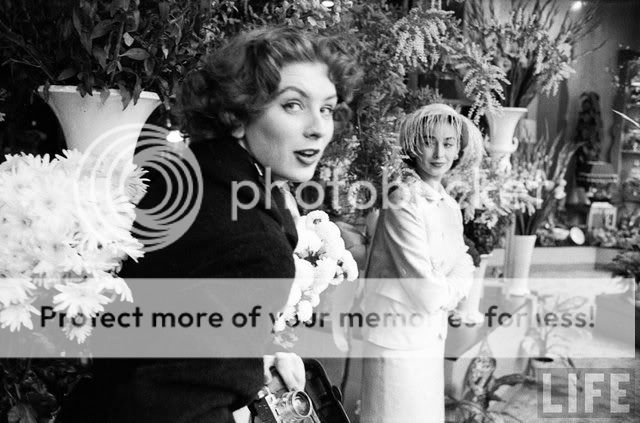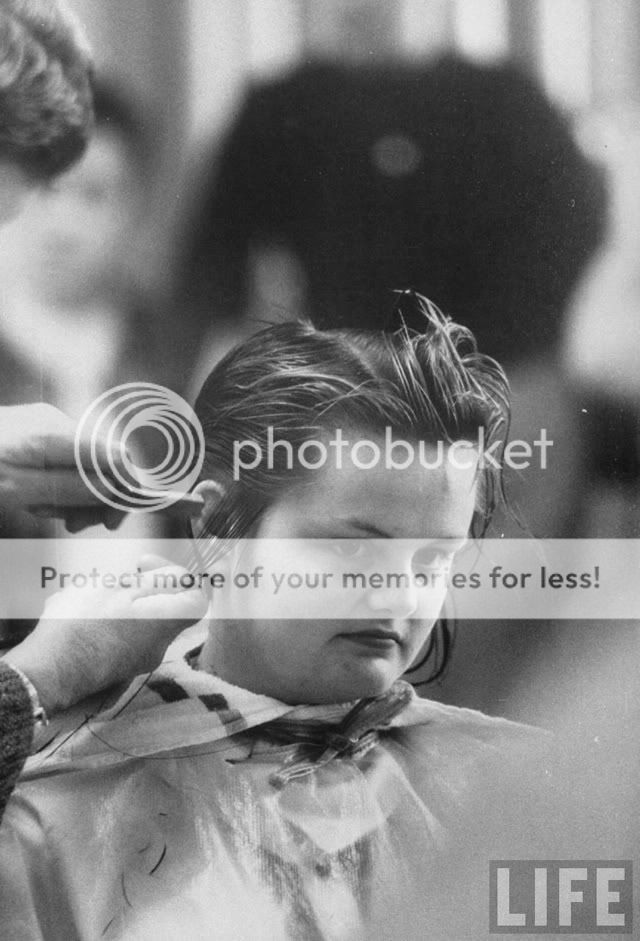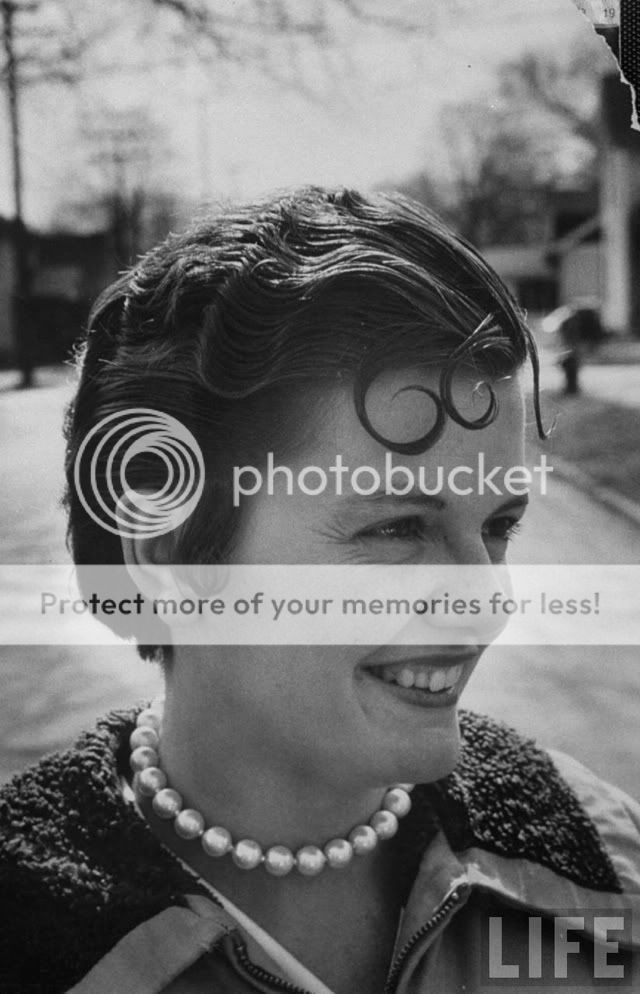Any fashion blogger worth his or her sodium intake has heard about, if not already read Truman Capote's novella,
Breakfast at Tiffany's. The book's heroine, Holly Golightly, is a gadabout girl-about-town with a predisposition for rich men and total character reinvention. She's flighty and flirty. She's a phony - but she's a
real phony.
 |
| Audrey Hepburn as Holly Golightly in the 1961 film |
I've got a real grá (that's Irish for love, international readers) for Truman Capote. I wrote many essays about him while studying English in university. He was an enfant terrible, an enigma with a cryptic tongue, an interviewer with an uncanny knack to get details out of any source and reduce macho men like Muhammad Ali to tears. When it came to being interviewed, Capote was undeniably economical with the truth.
Playboy: Shortly after publication of Breakfast at Tiffany's, a writer named Bonnie Golightly sued you for $800,000, on the grounds that she was the real-life inspiration for your fictional heroine. At least four other New York girls about town countered with the claim that they were the prototype of Holly. Was the characterisation of Holly based on a real person?
Capote: Yes, but not on any of the people you refer to. The real Holly Golightly was a girl exactly like the girl in Breakfast at Tiffany's, with the single exception that in the books she comes from Texas, whereas the real Holly was a German refugee who arrived in New York at the beginning of the War, when she was 17 years old. Very few people were aware of this, however, because she spoke English without any trace of an accent. She had an apartment in the brownstone where I lived and we became great friends. Everything I wrote about her is literally true - not about her friendship with a gangster called Sally Tomato and all that, but everything about her personality and approach to life, even the most preposterous parts of the book.
- From a 1968 interview with Playboy,
click to read
Sorry Truman, I call bullshit on your answer...
People like to search for the 'real' Holly Golightly', just as they want to know who the 'real' Sherlock Holmes is, or the 'real'
Sal Paradise. In fiction, there is no 'real' anything, only composites and impressions drawn and interpreted through that writer's vision. Even if the German did exist (which, due to Capote's predisposition for embellishment, I seriously doubt), she's not Holly Golightly. Holly is her and more of the many women in Capote's coterie of female friends, all exceptional, all stylish, all Holly, all the time. Here's a few of Capote's possible influences.
Maeve Brennan
 |
| Maeve Brennan at home - Photo by Karl Blissinger |
Maeve Brennan moved from Ireland to the USA when she was seventeen. Both Brennan and Capote worked at Harper's Bazaar, which is probably where they met. They also worked at The New Yorker (where Brennan wrote a column called The Long-Winded Lady) at the same time. She was regarded as eccentric, but this soon turned into obsessive behaviour and she became an alcoholic. Towards the end of her life, she was committed to a hospital, where she died in 1993.
Just like Holly - Wore trademark black dresses and dark glasses. Spent far beyond her means. Erratic behaviour. Often had a case of the Mean Reds.
Not so Golightly - Brennan had a real, taxable job and a creative outlet, writing short stories and a novel.
Read more:
The Long-Winded Lady , by Maeve Brennan and
Maeve Brennan: Wit, Style and Tragedy - An Irish Writer in New York by Angela Bourke
Doris Lilly
 |
| Lilly in later years |
After Capote published
Other Voices, Other Rooms, he became very good friends with Doris Lilly, a blonde starlet who famously dated Gene Kelly and Ronald Reagan and with whom he'd eat dinner and talk for hours. Lilly said "Truman used to come over all the time and watch me put make-up on before I went out..., there's a lot of me in Holly Golightly". Lilly died in 1991 with no money. Her mountain of costume jewellery, given to her by her many admirers over the years, had to be sold off to cover funeral costs.
Just like Holly - Had a thwarted Hollywood career, was a gal-about-town, had a famously pragmatic attitude towards men (Lilly wrote
How to Marry a Millionaire, amongst other suggestively titled works and said "Millionaires are marrying their secretaries because they're so busy making money that they haven't time to see other girls"), never actually got to marry a millionaire.
Not so Golightly - Can you see Holly Golightly as a leggy blonde?
Read More -
How to Make Love in Five Languages by Doris Lilly
Suzy Parker and Dorian Leigh
 |
| Parker (left) and Leigh at a shoot for LIFE Magazine |
Parker and Leigh were two sisters who were both models. Leigh was photographed by Irving Penn, Richard Avedon and Cecil Beaton, amongst others. Parker, 15 years younger than Leigh, became Avedon's muse and the face of Chanel during the 50's and 60's.
Just like Holly - Terminal cat owners, use of the fire escape as means of exit and entry, beguiling and hilarious.
Not so Golightly - Both sisters were supposed homebodies and, unlike the champagne and cigarettes Golightly, both were excellent cooks - Leigh even had cordon Bleu training.
Read More -
Avedon Fashion 1944 - 2000, by Richard Avedon
There are more women who could be Golightly. If I was to list them all I'd be writing this post for a month. But, that's what's so great about Holly Golightly. She's such a singular character, but she could be anyone. That's why so many women (myself included) identify with her.




















































